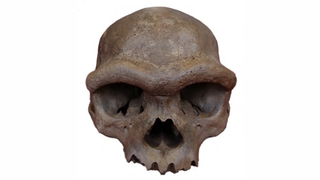Human evolution news, features and articles
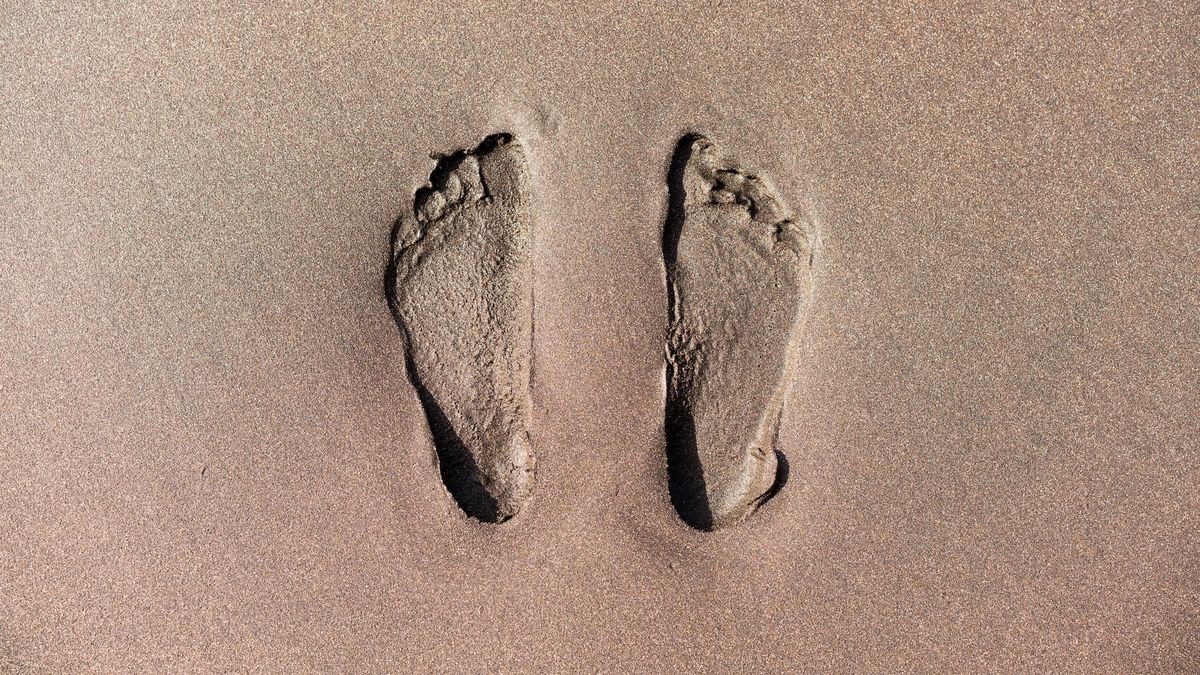
Modern humans belong to the species Homo sapiens, which first emerged at least 300,000 years ago, but possibly as far back as 1 million years ago. And our history goes back much further: the first members of the Homo genus emerged nearly 3 million years ago in Africa.
As technology advances, scientists have been able to piece together how early modern humans arose and migrated around the world, sometimes breeding with close human relatives, such as the Neanderthals and Denisovans.
Even today, humans are still evolving, including in Nepal, where people who have adapted to live in the low-oxygen conditions at high altitudes tend to have more children than those who haven't. Humans may also be evolving through our culture, an idea that learned behaviors we pass on are the "mutations" that can aid survival. Read on to learn more about humans evolved in the past — and continue to do so.
Discover more about human evolution
—Human evolution: Facts about the past 300,000 years of Homo sapiens
—Our mixed-up human family: 8 human relatives that went extinct (and 1 that didn't)
Latest about Human Evolution
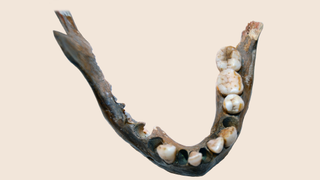
'An extreme end of human genetic variation': Ancient humans were isolated in southern Africa for nearly 100,000 years, and their genetics are stunningly different
By Kristina Killgrove published
Ancient genomes from southern Africa show that people evolved in isolation for upward of 100,000 years.
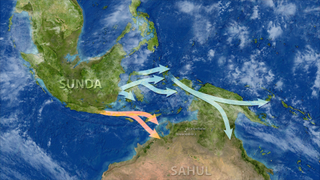
Modern humans arrived in Australia 60,000 years ago and may have interbred with archaic humans such as 'hobbits'
By Kristina Killgrove published
New genetic research shows that DNA and archaeological evidence align with the "long chronology" of the peopling of Australia.
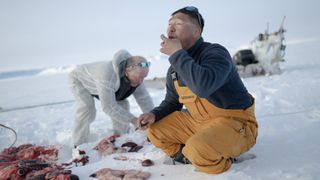
Are humans still evolving? An anthropologist breaks it down.
By Michael A. Little published
We are indeed still evolving, though it can be hard to tell because it happens over generations and often involves things you can't see, such as what foods different people are able to digest.
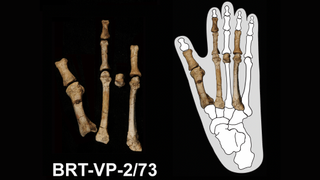
A fossilized foot found 15 years ago belonged to enigmatic human relative that lived alongside Lucy, scientists say
By Sophie Berdugo published
Freshly unearthed jaw bones and teeth that were found close to a previously discovered foot suggest human relatives tried several ways of walking before honing in on one strategy.
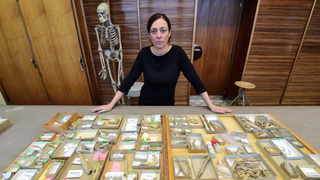
Neanderthals cannibalized 'outsider' women and children 45,000 years ago at cave in Belgium
By Kristina Killgrove published
Fragmented Neanderthal bones discovered in a cave in Belgium show that one group cannibalized the women and children of another group.
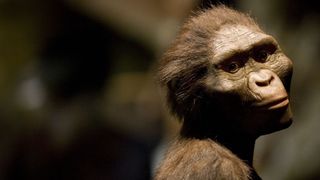
Science history: Iconic 'Lucy' fossil discovered, transforming our understanding of human evolution — Nov. 24, 1974
By Tia Ghose published
On an expedition in the Awash Valley in Ethiopia, two anthropologists uncovered the bones of a 3.2 million-year-old human ancestor. The iconic "Lucy" fossil would reveal much about our species' tangled family tree.

Did Neanderthals have religious beliefs?
By Owen Jarus published
Whether Neanderthals had religious beliefs is a subject of ongoing debate.
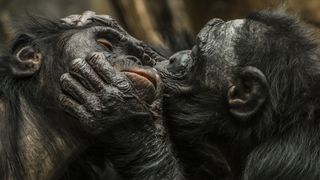
Kissing goes back 21 million years, to the common ancestor of humans and other large apes, study finds
By Clarissa Brincat published
Scientists traced kissing back to a primate ancestor that lived around 21 million years ago.
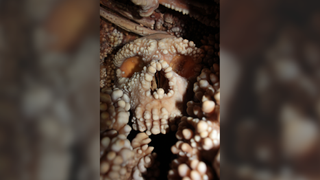
'Perfectly preserved' Neanderthal skull bones suggest their noses didn't evolve to warm air
By Kristina Killgrove published
An analysis of the only intact Neanderthal inner nose bones known to exist reveals that our ancient cousins' enormous noses did not evolve to withstand harsh climates.
Get the world’s most fascinating discoveries delivered straight to your inbox.


